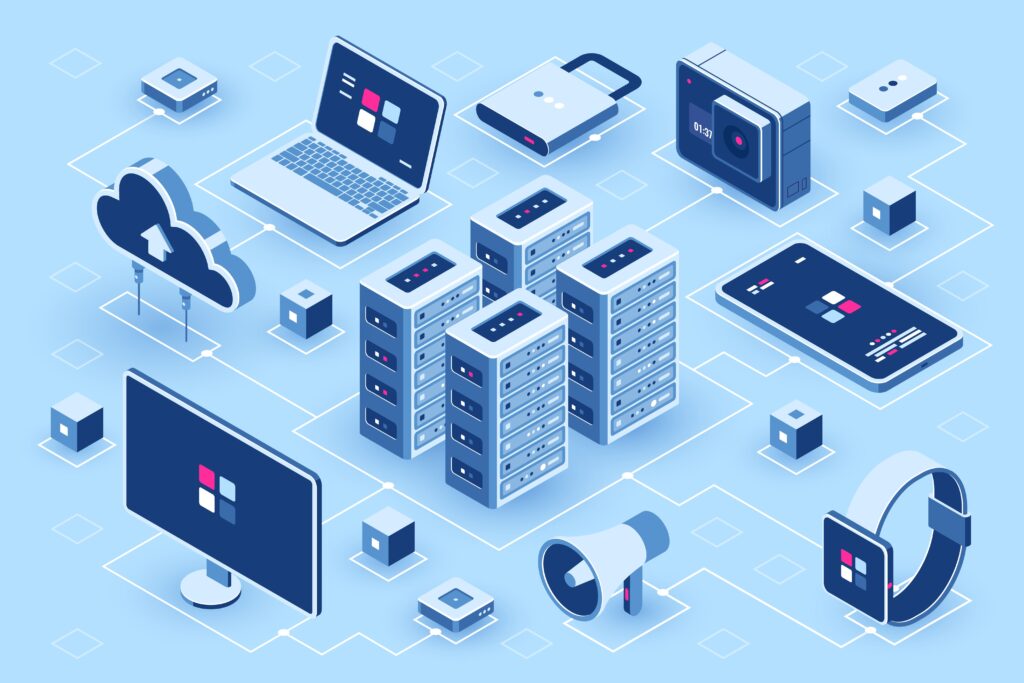It always starts the same way. You open your laptop on a Monday morning, coffee in hand, ready to tackle the week, only to spend the first hour hunting for “that one report” you swear was shared last Thursday. You search your inbox, scroll through chat threads, dig through shared drives, and finally find three different versions of the same file, each telling a slightly different story. By the time you figure out which one is current, your coffee is cold, and your patience is gone.
That’s the chaos Microsoft Fabric Workspaces were built to end.
If you think a Fabric Workspace is just a glorified storage bin for datasets and reports, you’re missing the point. A Workspace is more like the mission control room for your data strategy; the place where people, processes, and purpose converge. It’s not simply about where you put things; it’s about how you orchestrate them.
Fabric Workspaces are built for more than file‑sharing. They’re designed to shape how teams think, act, and deliver together. Roles aren’t just permission settings; they’re intentional lanes for contribution. Artifacts aren’t static snapshots; they’re living assets that evolve with each iteration. And the boundaries between disciplines aren’t walls; they’re bridges, connecting data engineers, analysts, and business users without drowning them in each other’s noise.
Think of your Workspace as a storyboard for your organization’s data narrative. Every dataset, pipeline, and report is a scene in that story. The Workspace is where you decide the sequence, the pacing, and the audience. Without that structure, you’re just throwing charts into the void and hoping someone understands the plot.
The truth is that technology is the easiest part. The real magic happens when a Workspace becomes a cultural anchor. It signals that this is where the important work lives. It creates a shared language between technical and non‑technical minds. And it builds trust because when people know where to look, they know what to believe.
To unlock the full potential of a Fabric Workspace, you have to treat it with intention. Give it a name that tells a story, not just a department code. Curate its contents so that every artifact earns its place. Design it so that a new team member can navigate without a guided tour. And revisit it regularly because stale content is the enemy of trust.
When you stop treating Fabric Workspaces as passive containers and start using them as active frameworks, you’ll notice the shift. Decision‑making becomes faster. The endless “where’s that file?” moments disappear. And a stronger sense of shared ownership emerges over the data story you’re telling together.
A Fabric Workspace isn’t just a tool; it’s a stage. And when you set that stage with clarity, intention, and collaboration, your data doesn’t just sit there. It performs.
The Ultimate Yates Takeaway
A Fabric Workspace is not where your data lives; it’s where your data comes alive. Treat it like a living, breathing part of your organization’s story, and it will stop being a place you store things and start being the place where things happen.
Helpful Resources:
- Microsoft Fabric documentation – Overview of the platform and its capabilities
- Workspaces in Microsoft Fabric and Power BI – How they work, roles, and collaboration features
- Manage workspaces in Microsoft Fabric – Admin‑level controls and governance
